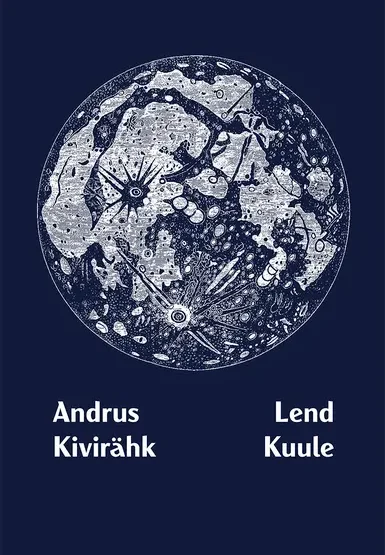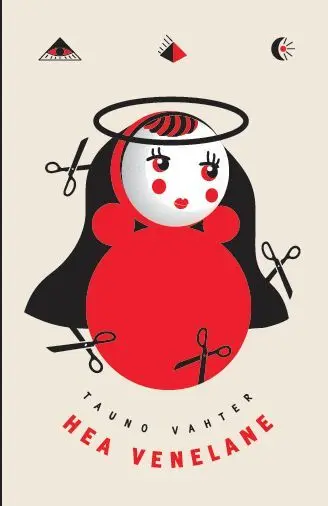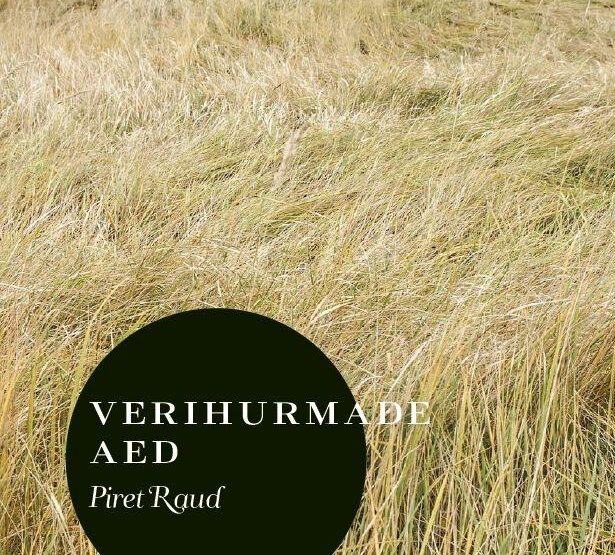The history of the novel-writing competition organized by the Estonian Writers’ Union goes back nearly a century, albeit with interruptions. In 2014, it was restarted with the help of private sponsorship. Sixty-two manuscripts were submitted for this year’s competition and judged by a specially convened jury.
Head of the Estonian Writers’ Union Tiit Aleksejev and jury chair Rein Raud shared their impressions of the 2023 competition.
What significance does the competition have in Estonian literature and/or society? Can we say that it’s affected the development of Estonian literature as a whole?
RR: The novel-writing competition is an important tradition because it negates the defensiveness of the literary establishment, which is prevalent both in Estonia and elsewhere. The jury does not know the author of any given manuscript and each is evaluated purely on artistic credibility. This year, we decided to not even open the rest of the envelopes containing the names of authors who did not place or receive special mention. Thus, even a writer who is worried that their identity and fame, or lack thereof, might evoke certain prejudices among publishers can submit their manuscripts with peace of mind, which ensures greater unfettered development for Estonian literature.
TA: One strong aspect of the competition seems to be new authors and literary debuts. Surprises, in short. It allows debutants the courage to submit a manuscript and experienced authors the opportunity to try something completely new. One fine example is Piret Jaaks, who made her name as a playwright but delighted us with a strong historical novel this year.
What trends did the 2023 competition display?
RR: This was my first year on the jury so I can’t compare it to earlier years, but one thing that stood out was the authors’ reluctance to address contemporary Estonian society. Many stories were either set in the past or in faraway countries, both at the same time, or in imaginary worlds altogether. Another thing I noticed was that there were relatively few classical novels, i.e. a story with a uniform plot and characters who evolve under a functional influence. More frequently, the works comprised a series of short scenes connected by a couple of static protagonists. Unfortunately, Estonian literary reviews have recently encouraged stories in which nothing really happens; it’s almost become a criterium of “quality literature”. That shouldn’t be the case. Literature shouldn’t give up telling complete stories—that is its essence. Luckily, there were also novels that showed that the skill hasn’t been lost.
Another curious aspect was that while established writers usually stand out in the competition, they were in the minority this year and the top places went to emerging authors. That’s to be celebrated.
TA: Each competition has brought forth topics or issues that are societally relevant at the given time. In this sense, Stendhal’s mirror effect remains valid.
The prevailing tone in 2023 was a desire to break away or escape—from oneself, a restrictive environment or relationship, or Eastern Europe as a whole. There was also an apparent stylistic shift: whereas, until the dawn of the 21st-century, literature was influenced primarily by other literature, original impulses now lie elsewhere—in television dramas or computer games. Not for all stories, of course, but certainly the majority.
In what ways was the first-place work, Sven Mikser’s Vareda, outstanding and memorable?
RR: The jury’s decision was relatively unanimous, awarding it first place with only one exception. Vareda is a psychologically precise, gripping, linguistically masterful coming-of-age novel that explores a young artist’s development on multiple levels. The book stays meticulously faithful to historical detail while also transcending its own spacetime, both with allusions to art history and well-captured nuances of the human experience. I was gripped from the very first pages and didn’t put it down till the end.
TA: I was fascinated most by Vareda’s descriptions of visual art; by its ubiquitous chiaroscuro. The protagonist is influenced by Caravaggio and greatly views the world through the artist’s paintings. At the same time, the story isn’t left to drift—the novel is sturdily anchored to its era and environment and is emphatically straightforward. Its associations with painting are finely luminescent without the author flaunting his knowledge, which is a sign of fine literature.
The winning manuscript is translated into English. How have the translations fared so far?
RR: I checked whether the most successful winning manuscript, Vahur Afanasjev’s Serafima and Bogdan—which received several other prizes—has been published in English. Although it seems the translation has been complete for several years, nothing has happened with it yet. So, unfortunately, it appears the measure hasn’t had a very big impact.
TA: No winning work has had a million-copy print run. However, a translation at least provides the theoretical opportunity for an international breakthrough.
This year marks 30 years since the publishing of Border State by Emil Tode (Tõnu Õnnepalu), which is one of the most important and widely translated works of Estonian literature. Is Estonia still a border state in literary terms? What has changed?
RR: I believe that Estonian literature is doing well in the world, especially taking into account that the language barrier doesn’t impede the dissemination of music or visual art, for example. I gather that translators of Estonian literature working in every language have a long docket ahead of them, and there are more and more countries and foreign publishers developing an interest in us. At the same time, it sometimes feels like Western readers are primarily looking for Estonia to produce stories of trauma and an interpretation of mythical Estonianism, as if we’re exotic beings totally defined by an unforgiving heritage. When I spoke at the London Book Fair a few years ago, the first thing that almost every journalist asked me was what it means to be Estonian. I can’t imagine anyone in distant Asia or South America asking an English writer what it means to be English. In that sense, we’re most definitely still a border state.
TA: Estonia is a border state in every respect, and it will stay that way. “Border” sometimes means conflict, other times communication, and often both simultaneously. Destructive experience and enriching experience, depending on the inner strength and the field lines of the era. As for changes in our literature, Estonian authors have perhaps been transplanted internationally more often and as individual cases.
How will Estonian literature develop in the coming decades, and in what direction? What would you like to see?
RR: I like that Estonian literature is limitlessly diverse in terms of both genre and style, and I hope it will remain that way. It may sound a little formal, but there is a tirelessly referenced line in the beginning of our Constitution that reads, the state “[…] must guarantee the preservation of the Estonian people, the Estonian language, and the Estonian culture through the ages […]”. This, I believe, is first and foremost a challenge for authors—whether we’re able to write books that keep at least one foot in the Estonian linguistic space, as such works are crucial. If our literature should turn bland and become no more than a local outlet for global trends, then Estonian readers may cross over to any bigger language in peace. All in all, I don’t believe that will happen.
TA: The future usually dawns differently than any oracle may prophesize, so I’ll refrain from speculating. Nevertheless, desire possesses its own power and I’d like Estonian literature to be as rich as possible.
Annika A. Koppel (b. 1964) is the editor-in-chief of Estonian Literary Magazine.
Photos Kris Moor





